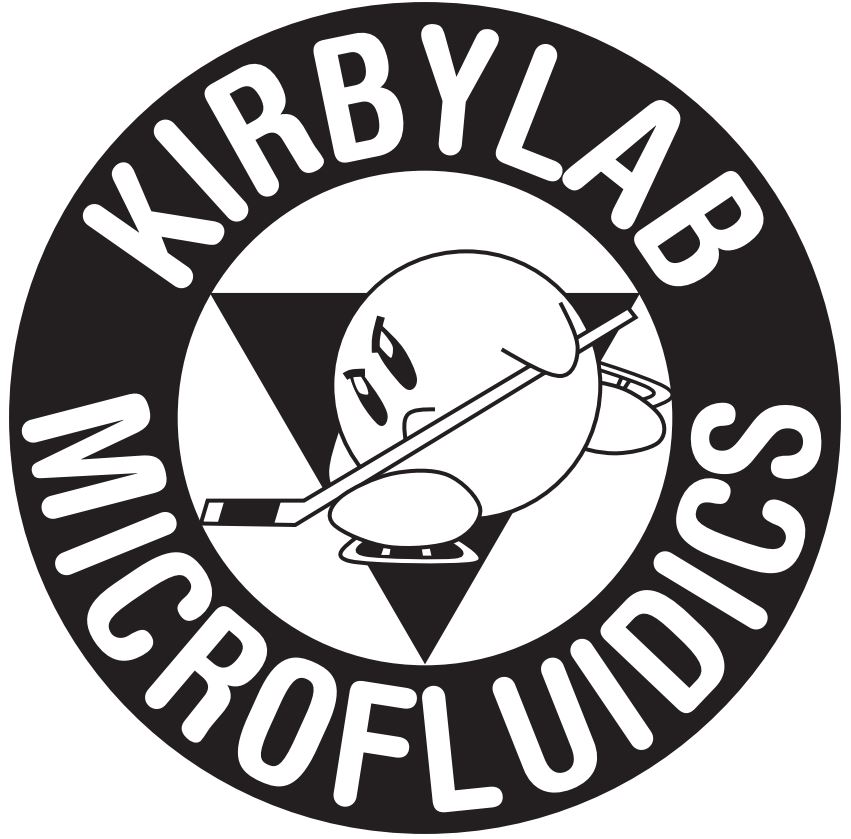New publication: Methods for Photocrosslinking Alginate Hydrogel Scaffolds with High Cell Viability
Methods for Photocrosslinking Alginate Hydrogel Scaffolds with High Cell Viability
Andrew D. Rouillard, Caroline M. Berglund, Jae Youn Lee, William J. Polacheck, Yvonne Tsui, Lawrence J. Bonassar, and Brian J. Kirby
Tissue Engineering Part C: Methods. February 2011, 17(2): 173-179. doi:10.1089/ten.tec.2009.0582.
ABSTRACT
Methods for seeding high-viability (>85%) three-dimensional (3D) alginate–chondrocyte hydrogel scaffolds are presented that employ photocrosslinking of methacrylate-modified alginate with the photoinitiator VA-086. Comparison with results from several other photoinitiators, including Irgacure 2959, highlights the role of solvent, ultraviolet exposure, and photoinitiator cytotoxicity on process viability of bovine chondrocytes in two-dimensional culture. The radicals generated from VA-086 photodissociation are shown to be noncytotoxic at w/v concentrations up to 1.5%, enabling photocrosslinking without significant cell death. The applicability of these photoinitiators for generating 3D tissue-engineered constructs is evaluated by measuring cell viability in 3D constructs with aggregate moduli in the 10–20 kPa range. Hydrogels with encapsulated bovine chondrocytes were constructed with >85% viability using VA-086. While the commonly used Irgacure 2959 is noncytotoxic in its native state and crosslinks the alginate at weight fractions much lower than VA-086, the cytotoxicity of IRG2959’s photogenerated radical leads to viabilities below 70% in the conditions tested.
